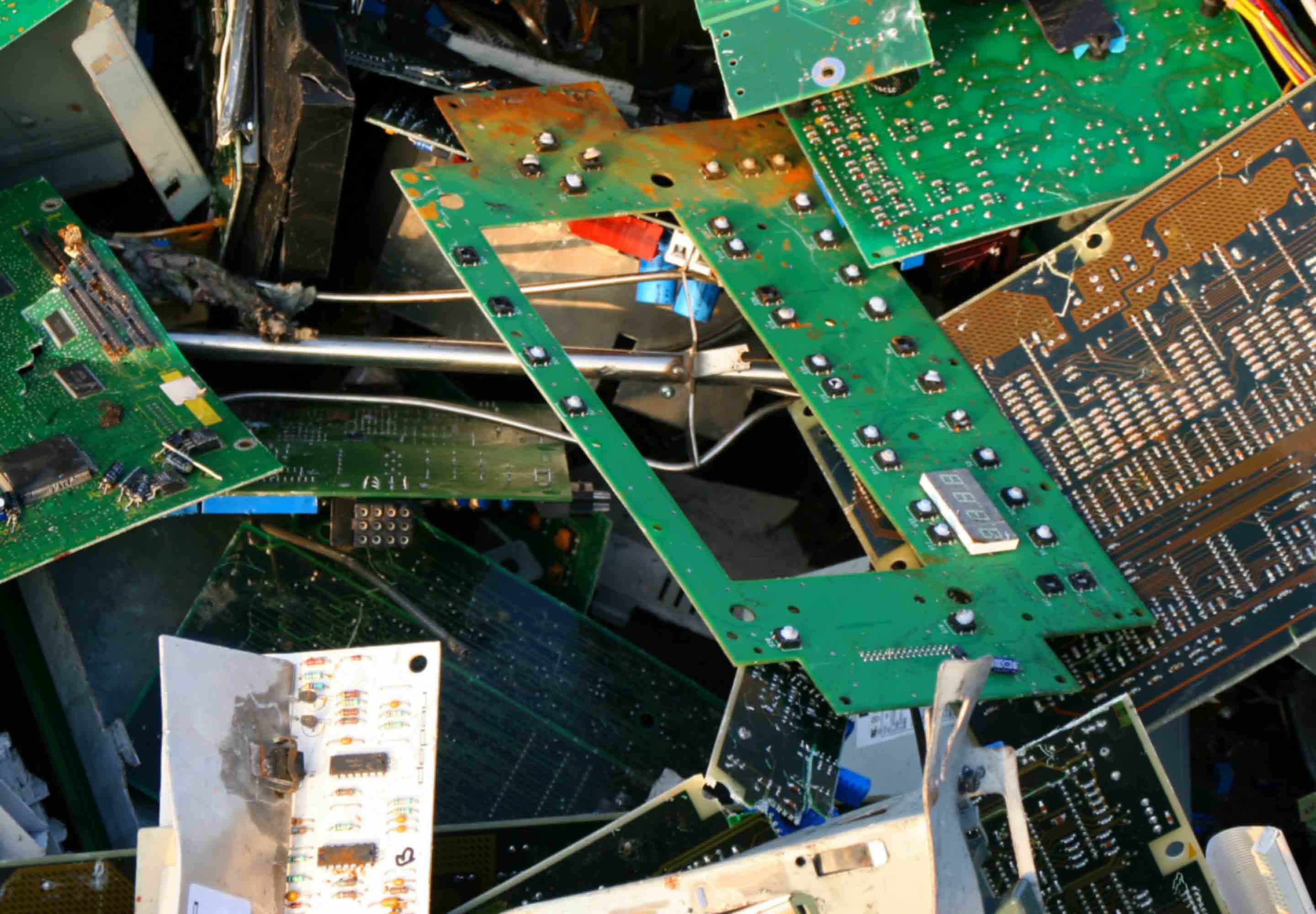-
Featured services
Harness innovation to deliver value
Ensure short-term stability as you design a roadmap for new use cases in your industry with emerging technologies.
Explore Connected Industries -
Services
View all services and productsLeverage our capabilities to accelerate your business transformation.
-
Services
Network as a Service
Popular Products
-
Private 5G
Our turnkey private 5G network enables custom-built solutions that are designed around unique use cases and strategies, and deployed, run and optimized through a full network-as-a-service model.
-
Managed Campus Networks
Our Managed Campus Networks services transform campus networks, corporate area networks and interconnected local area networks, and connect smart places and industries.
-
-
Services
Cloud Services
Popular Products
-
Cloud Migration and Transformation Services
Access the people, processes and technologies you need to deliver cloud migration projects that improve your return on investments.
-
Site Reliability Engineering Services
Get the most from your cloud investments when you harness our Site Reliability Engineering Services to support app development and lifecycle management.
-
-
Services
Edge as a Service
Client stories
-
Penske Entertainment and the NTT INDYCAR SERIES
Together with Penske Entertainment, we’re delivering digital innovations for their businesses – including INDYCAR, the sanctioning body of the NTT INDYCAR SERIES – and venues such as the iconic Indianapolis Motor Speedway, home to the Indianapolis 500.
-
Using private wireless networks to power IoT environments with Schneider Electric
Our combined capabilities enable a secure, end-to-end digital on-premises platform that supports different industries with the benefits of private 5G.
-
-
Services
Technology Solutions
Client stories
-
Services
Global Data Centers
-
Services
Digital Collaboration and CX

IDC MarketScape: Worldwide Datacenter Services 2023 Vendor Assessment
We provide a new kind of intelligent infrastructure to deliver better outcomes through technology.
Get the IDC MarketScape -
-
-
Insights
Recent Insights
-
The Future of Networking in 2025 and Beyond
-
Using the cloud to cut costs needs the right approach
When organizations focus on transformation, a move to the cloud can deliver cost savings – but they often need expert advice to help them along their journey
-
Make zero trust security work for your organization
Make zero trust security work for your organization across hybrid work environments.
-
-

Copilot for Microsoft 365
Everyone can work smarter with a powerful AI tool for everyday work.
Explore Copilot today -
-
Global Employee Experience Trends Report
Excel in EX with research based on interviews with over 1,400 decision-makers across the globe.
Get the EX report -
Discover how we accelerate your business transformation
-
About us
CLIENT STORIES
-
Liantis
Over time, Liantis – an established HR company in Belgium – had built up data islands and isolated solutions as part of their legacy system.
-
Randstad
We ensured that Randstad’s migration to Genesys Cloud CX had no impact on availability, ensuring an exceptional user experience for clients and talent.
-
-
CLIENT STORIES
-
Liantis
Over time, Liantis – an established HR company in Belgium – had built up data islands and isolated solutions as part of their legacy system.
-
Randstad
We ensured that Randstad’s migration to Genesys Cloud CX had no impact on availability, ensuring an exceptional user experience for clients and talent.
-
-
CLIENT STORIES
-
Liantis
Over time, Liantis – an established HR company in Belgium – had built up data islands and isolated solutions as part of their legacy system.
-
Randstad
We ensured that Randstad’s migration to Genesys Cloud CX had no impact on availability, ensuring an exceptional user experience for clients and talent.
-

NTT DATA and HEINEKEN
HEINEKEN revolutionizes employee experience and collaboration with a hybrid workplace model.
Read the HEINEKEN story -
- Careers
Topics in this article
Where do your sensors, servers and switches go when they’re no longer useful? And why is this such an important question?
Outdated equipment poses security risks – and affects your sustainability targets. Excessive energy use, inefficient disposal methods and the need to extract raw materials to manufacture new equipment all add up to a significant impact on the environment.
This is why a holistic approach to your technology lifecycle management is essential.
Wasteful practices are not sustainable
Generally, the technology industry has followed an “acquire, deploy, break and fix” approach, with not much regard for what happens to the technology thereafter. This has led to an overload of technology assets and no clear strategy for their lifecycle management, including sustainability considerations.
And, these wasteful practices are preventing organizations from meeting their environmental, social and governance goals.
Why comprehensive management of technology assets is key
Comprehensive management encompasses every phase of an asset’s lifecycle, from manufacturing to disposal. By strategically managing each phase, your organization can minimize the environmental impact of technology equipment, reduce costs and improve security.
A critical aspect of this lifecycle strategy is the shift toward software-defined infrastructure (SDI), which provides centralized control over multivendor hardware and software. By reducing hardware costs and improving resource allocation, SDI also minimizes waste and environmental impact.
Another aspect is a sustainable technology refresh: a strategic approach to updating and replacing your technology infrastructure and equipment in a way that prioritizes environmental sustainability and resource efficiency. This includes working with service providers that can manage and dispose of these assets correctly.
3 steps to better practices
A holistic approach has three main components:
- Invest in energy-efficient technology: This is not only environmentally responsible but also cost-effective in the long run.
- Extend the lifespan of your technology assets: When you invest in technology that will last longer through upgrades and maintenance, you produce less ewaste and minimize your environmental impact.
- Dispose of equipment responsibly: Use technology partners who are certified to manage the process correctly. Reducing the amount of waste that goes into landfills helps to lower your organization’s carbon footprint.
Including sustainability in the narrative of your technology lifecycle demonstrates your commitment to environmental stewardship and contributes to a positive brand image.
Find a partner with green credentials
To implement sustainable practices efficiently throughout the technology asset lifecycle, organizations often work with managed service providers (MSPs) like NTT.
If this is an approach you’re considering, be sure to practice green procurement: the purchase of goods and services with minimal adverse environmental impact. Verify the sustainability credentials of both the MSP and their partners.
We’ve set ambitious sustainability targets for NTT, including having net-zero emissions across our operations by 2030 and across our entire value chain by 2040.
In addition, we’re committed to incorporating circular design into the way we work by 2026 to reduce waste and carbon emissions. Circular design promotes sustainability by creating systems where products and materials are reused, remanufactured or recycled to extend their lifespan and reduce resource consumption.
We’re even looking at innovative ways of measuring and reporting on sustainability gains within our SDI services platform.
A sustainable partnership
We are therefore well positioned to support our clients in making their own technology lifecycle more sustainable, from inception to disposal. For example, we may recommend a manufacturer whose products are more expensive in the short term but which will last longer through upgrades and maintenance.
In this way, we help you reduce costs, enhance security and, most importantly, become a responsible steward of the environment.
Read more about NTT’s Technology Solutions to see how we can help you realize your sustainability goals.

